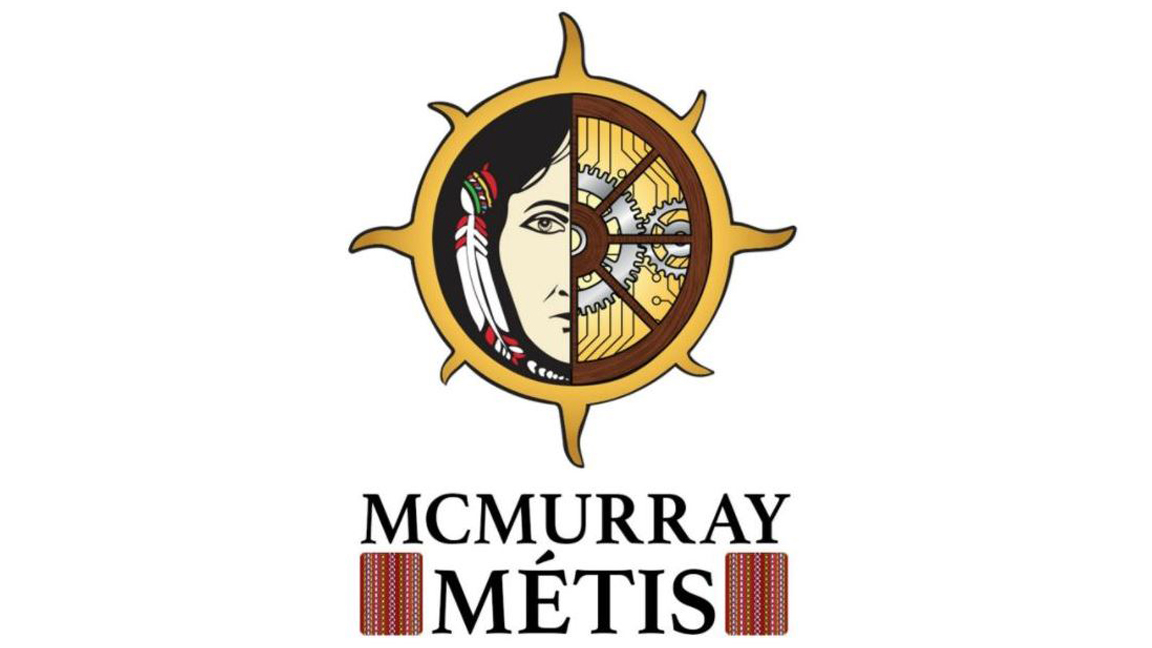A McMurray Métis article reported the decline in the region’s freshwater clams.
Co-authored by the Alberta government, the Journal of Ethnobiology published the McMurray Métis report.
The title of the article is ‘Learning Together: Braiding Indigenous and Western Knowledge Systems to Understand Freshwater Mussel (clams) Health in the Lower Athabasca Region’.
McMurray Métis Elder and Project Lead, Harvey Sykes, said the story just scratches the surface.
“Our study, rooted in Indigenous Knowledge, is in its infancy and this is only the first chapter of an on-going and ever-growing story.”
The article covers two years of research by McMurray Métis Elders and land users.
Grouped as ‘The Clam Team’, they observed the decline of clams found in the Athabasca and Clearwater Rivers, as well as Gregoire Lake.
Learning Together
Indigenous Knowledge first indicated the lack of freshwater clams from lakes and rivers.
Moreover, the journal states traditional knowledge answers questions not considered by Western science.
According to the article, the last large-scale science survey of clam distributions in Alberta occurred in the 1960s.
However, the journal credits Indigenous Knowledge as the only record holder for distributions in the province.
Sykes said the study shows how to create new learning by linking diverse ways of study.
“We used community-based methods linking Traditional Knowledge and Western science to monitor freshwater clams in the oilsands region.”
The Clam Team also received assistance from the government and the Oil Sands Monitoring Program for the project.
Debra Hopkins, M.Sc., Ph.D. Candidate, is the Environmental Health Team Lead for Alberta Environment and Parks.
Hopkins agreed with the team’s study and thanked McMurray Métis Elders and the research team for their efforts.
“The Clam Team has agreed to share not only the freshwater clam story so far but also what it means to build mutually respectful and inclusive relationships with integrity to successfully learn together in a meaningful way to better understand freshwater clam health through our physical, mental, emotional and spiritual connections to life around us.”
Finally, with funding from the Oil Sands Monitoring Program, the Clam Team’s study received approval for additional research.
“The Clam Team would like to thank the Government of Alberta and the Oil Sands Monitoring Program for its confidence and support,” said Harvey Sykes,” by providing continued funding for this important research project.”
The study area extended from Fort Chipewyan to Fort McMurray along the Athabasca and Clearwater Rivers.
It also includes Willow Lake in Anzac.
Studies show 72 per cent of freshwater clams or mussels is threatened, endangered or extinct in North America.
Furthermore, 65 per cent of the 50 species found in Canada requires conservation.
McMurray Métis Clam Study Published and Funding Approved for Additional Research #metis #ymm https://t.co/KM3y7NTeIR pic.twitter.com/kWARbo2ctn
— McMurray Métis (@McMurrayMetis) September 13, 2019







